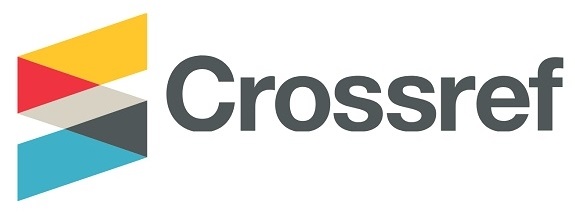TANGGAP DARURAT MEDIS (CODE BLUE) STUDI KASUS PADA RUMAH SAKIT UMUM DAERAH ABDUL WAHAB SJAHRANIE DI SAMARINDA
DOI:
https://doi.org/10.36277/identifikasi.v5i2.92Keywords:
Code Blue, Hospital, Medical Emergency Response.Abstract
Code blue is used to indicate the existence of patients who are experiencing breathing stop, cardiac arrest at the hospital. The code blue team performed Cardiopulmonary Resuscitation (CPR), which analyzes the hearts rhythm automatically and provides electric shocks to restore the hearts rhythm with an Automatic External Defibrillator (AED) (standard response time of officers to code blue emergencies is 3 to 5 minutes according to the American Heart Association). According to data from the Abdul Wahab Sjahranie Regional Public Hospital Samarinda (May 2019), code blue emergencies have occurred 12 times in the last 3 years with failure (decompensate cordis). The research objective
is to determine the medical emergency response (code blue) case study at Abdul Wahab Sjahranie Regional Public Hospital in Samarinda. This research was conducted by direct observation and simulation as well as in-depth interviews related to the response time of officers to code blue emergencies. Based on the simulation result of code blue on July 4, 2019, that the response time of officers to code blue emergencies, patients get CPR and AED at 4 minutes 31 seconds after the alarm sounds. Based on the result of direct observation and in-depth interviews, the code blue emergency response system at Abdul Wahab Sjahranie Regional Public Hospital consisted of an alarm system, facilities and infrastructure to support the emergency response, workers knowledge, organizational system and procedure system. Necessary improvements consist of standard operational procedures for cardiac arrest events, standard operating procedures for the use of defibrillation equipment (AED) because officers have the hazard when responding to emergencies such as shock from an automatic defibrillation device, then documentation and reporting.
References
Arrifudin, Annisa Mutmainnah, 2017, Cardiorespiratory Arrest, Universitas Muslim Indonesia Makassar, Makassar.
Kandou, P. R. D., Dame, R. B., & Kumaat, L. T., 2018, ‘Gambaran Tingkat Pengetahuan Perawat Tentang Code Blue System’ Jurnal E-Clinic (ECL), vol. 6, no. 2, hh. 162-168.
Kompasiana, 2017, Henti Jantung, dilihat 30 September 2019, <http://www.kompasiana.com>.
Keputusan Menteri Kesehatan Republik Indonesia Nomor 432/MENKES/SK/IV/2007, 2007, Pedoman Manajemen Kesehatan dan Keselamatan Kerja (K3), Menteri Kesehatan Republik Indonesia, Jakarta.
Purnomo, Perdana R., dkk, 2012, Code Blue Rapid Response System For Resuscitation, Universitas Brawijaya, Malang.
Rumah Sakit Umum Daerah Abdul Wahab Sjahranie Samarinda, 2015, Tatalaksana Resusitasi Jantung Paru-paru, Dokumen 089/Bidkep/VIII/2015, Samarinda









